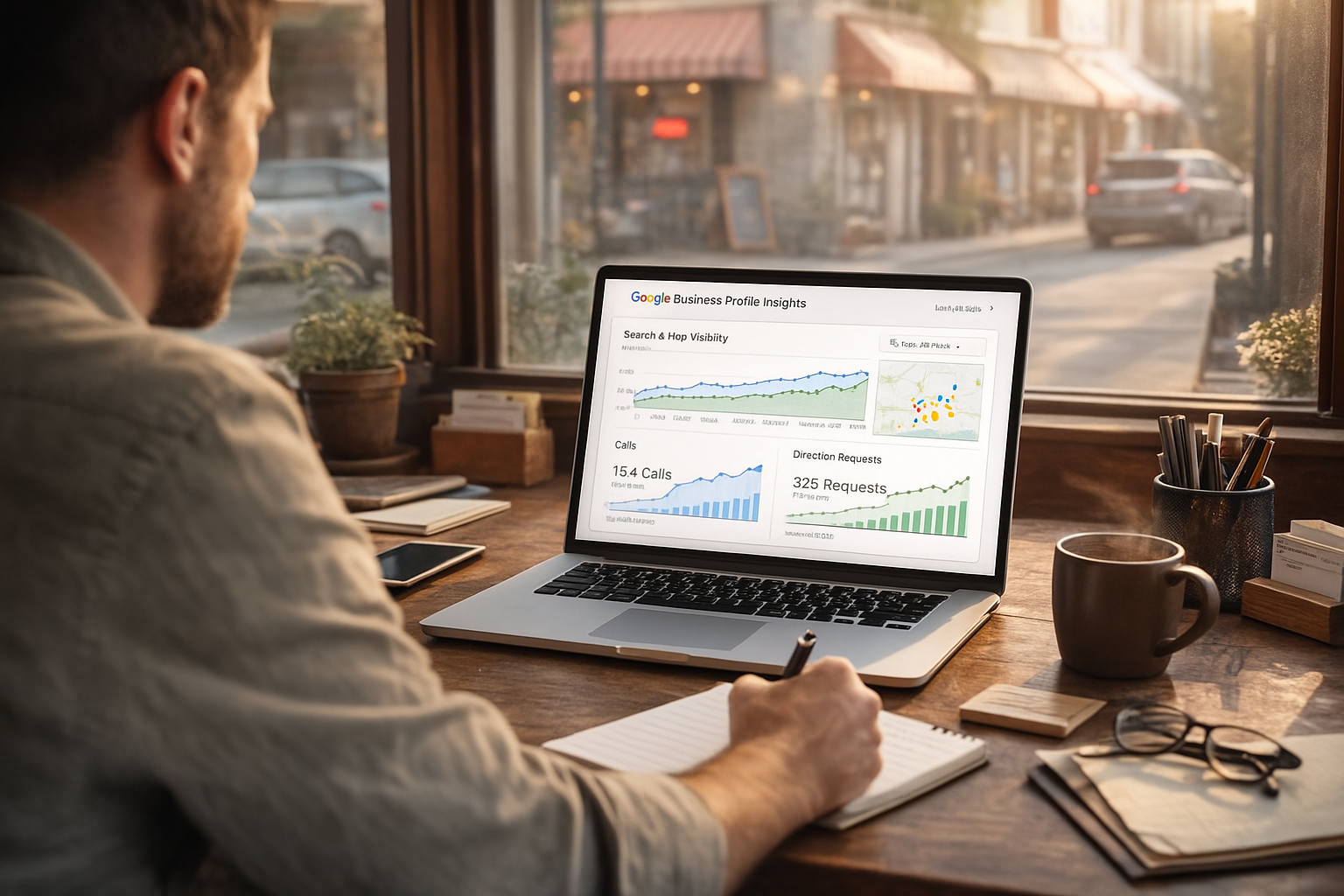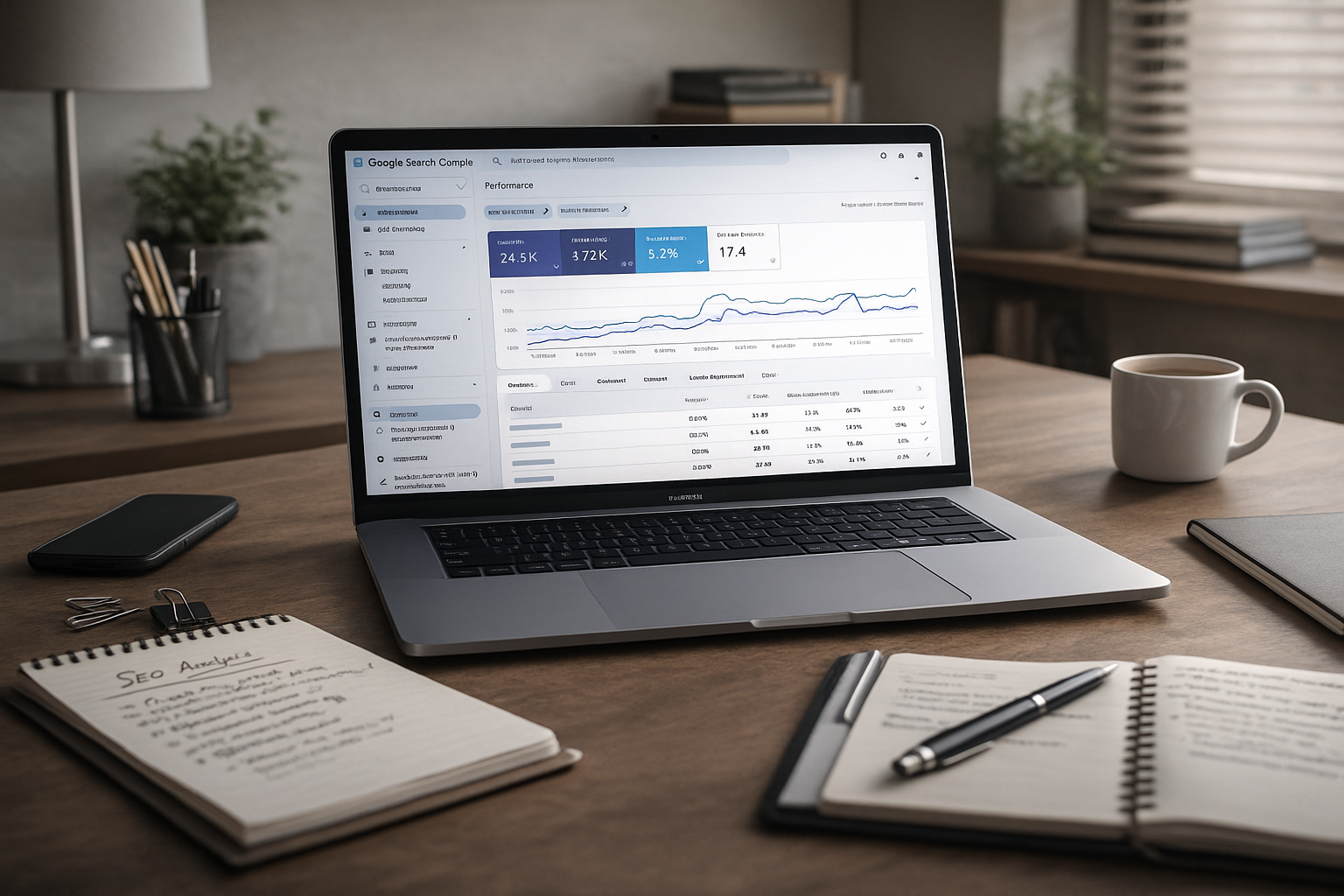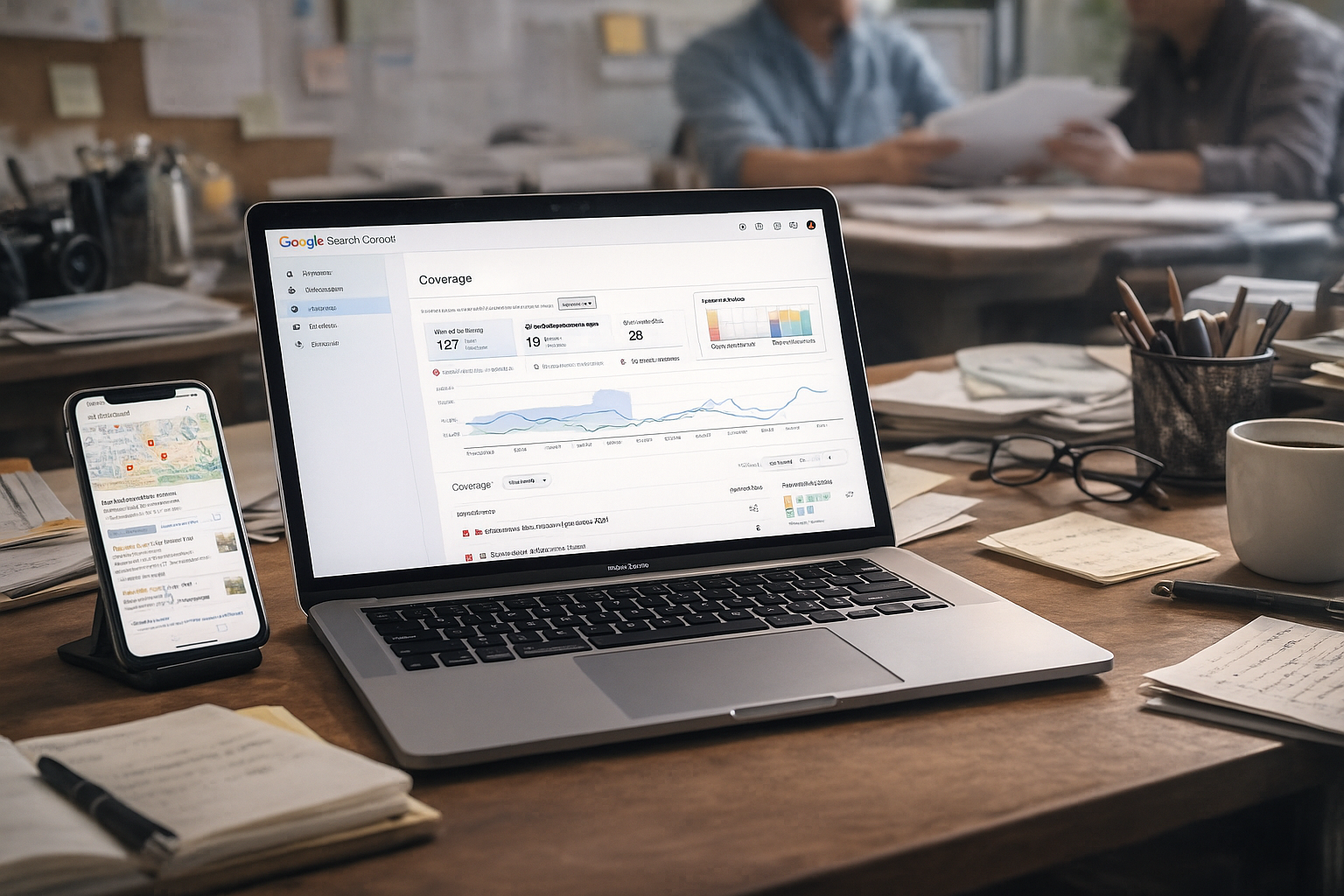How do I optimize for “near me” searches?
Optimizing for “near me” searches is essential for local businesses seeking to capture the influx of customers who rely on proximity-based results to make decisions in real time. The right strategies transform online visibility into foot traffic, calls, and leads, establishing a local brand presence that outperforms the competition. This comprehensive guide details proven tactics, technical steps, and ongoing practices for businesses to show up at the top of these valuable queries.
Understanding "Near Me" Search Intent
The phrase “near me” signals a strong intent to act now—potential customers are not just browsing, but actively searching for services or products within reachable distance. Ranking for these terms means showing up in crucial decision moments, whether someone is seeking a restaurant, plumber, boutique, or medical professional. Google, Bing, and AI-driven tools use the searcher’s location and business details to deliver relevant results.
- “Near me” searches typically occur on mobile devices, often when users are already out and about and ready to buy.
- Google’s algorithm combines multiple factors: website content, business listings, reviews, proximity, and relevance to deliver fast answers.
Understanding this behavior is vital. Your goal is to position your business as the top solution—visible in maps, listings, and on your site—by meeting technical and content criteria that these platforms require.
Claiming and Optimizing Your Google Business Profile
The backbone to any successful local search presence is a fully-claimed and accurately maintained Google Business Profile (GBP). This is what Google uses to verify location, legitimacy, and service details for “near me” results.
- Ensure your profile includes up-to-date name, address, and phone number (NAP).
- Add high-quality photos of storefront, team, products, and events—visuals improve profile clicks and trust.
- Fill out every available business category, service, and attribute Google offers. This boosts search relevance and signals all that you offer.
- Collect and respond to reviews as both positive and negative feedback build credibility. Review volume and quality directly correlate to ranking in local pack results.
Maintaining GBP with regular updates is not a set-and-forget process—it rewards businesses that actively engage their audience and keep content current.
Building Location Pages for Your Website
A dedicated location page tells search engines exactly who you serve and where. These pages should be rich in local details and linked internally throughout your site.
- Create custom pages for every area you wish to rank for—cities, neighborhoods, zip codes.
- Include street address, driving directions, business hours, local landmarks, and contact forms.
- Embed a Google Map and optimize alt text for all images, leveraging schema markup for maximum search understanding.
Each page should deliver unique content. Avoid generic templates—discuss local events, partnerships, and tailor offerings for area-specific needs.
Effective Use of Local Keywords and On-Page SEO
On-page SEO is a decisive factor in ranking for “near me” terms. Search engines rely on clear, targeted signals from your title tags, headers, and meta descriptions.
- Integrate relevant local keywords naturally into headers (H1, H2, H3), title tags, and descriptions.
- Use variations such as “Your Service Near Me,” “Near Me + City Name,” “Open Now in [Neighborhood]”.
- Optimize for voice search—which dominates mobile behavior—by including conversational queries and FAQ sections.
Regular audits and updates to keyword focus keep your content competitive in a changing local search landscape.
Schema Markup and Technical SEO
Schema markup tells search engines your exact business type, services, contact info, and location in a way their crawlers understand. Proper technical SEO ensures all your content loads fast, works on mobile, and is easily interpreted by Google and AI search engines.
- Use LocalBusiness schema, review, service, and FAQ markups to enhance rich snippets.
- Implement structured data through plugins or direct HTML edits for every location and service offering.
- Test with Google’s Structured Data Testing Tool to verify deployment.
Technical health—fast mobile load times, HTTPS, and error-free code—all help your business rank higher for “near me” searches.
Getting Listed in Online Directories and Citations
Accurate, consistent citations across directories reinforce to Google that your business is legitimate and trustworthy. Citations should match your GBP details exactly.
- List your business in directories like Yelp, Yellow Pages, TripAdvisor, and local industry-specific sites.
- Regularly audit listings to correct outdated addresses, phone numbers, or category errors.
- Include links back to your website to boost domain authority and cross-verify NAP info.
Citations multiply discoverability and reinforce your geographic relevance to search engines.
The Power of Reviews and Reputation Management
Customer reviews act as social proof and improve your ranking in local packs. Both quality and quantity matter as people and algorithms prefer highly-rated, actively-managed businesses.
- Encourage satisfied customers to leave reviews, especially on GBP, Yelp, Facebook, and specialized platforms.
- Respond promptly to all feedback, showing commitment to service and engagement.
- Utilize review monitoring tools to stay up to date and address concerns.
A robust reputation strategy helps convert searchers into clients while supporting SEO goals.
Leveraging Google Maps SEO
Google Maps SEO is about more than a pin—it's your direct link to high-intent, local customers. Ranking higher means visibility at crucial moments.
- Regularly update photos, business descriptions, and hours; include seasonal or event details.
- Ask users to check in, leave reviews, upload photos, and tag your business on social media.
- Use features like “Reserve with Google” and add services, menus, and booking options.
Engagement feeds into Google’s algorithm, making your business stand out for “near me” queries and driving foot traffic.
Generative Engine Optimization (GEO) and AI Platforms
Optimizing for AI-driven engines like ChatGPT and Gemini boosts your presence across new search frontiers.
- Ensure business listings and NAP consistency audits apply to both traditional search and generative AI tools.
- Implement schema markup and LLM code, as recommended by GetPhound’s GEO service.
- Craft hyper-local, semantically rich content that AI models can confidently reference or recommend.
Monthly reporting and ongoing audits ensure continued accuracy and performance as AI platforms play a bigger role in “near me” discovery.
Mobile Optimization and User Experience
As the majority of “near me” searches happen on mobile devices, your site must deliver seamless, fast, and user-friendly experiences.
- Use responsive or adaptive website design for flawless navigation on any device.
- Streamline contact forms, click-to-call buttons, and reservation systems for instant conversions.
- Avoid intrusive pop-ups or heavy media that slow page speeds.
Review analytics to uncover mobile usability issues and prioritize solutions that result in sustained rankings and happier customers.
Tracking, Analytics, and Continuous Improvement
Optimization doesn’t end at launch—ongoing analysis and adaptation ensure your business stays ahead.
- Use Google Search Console and Analytics to monitor local keyword rankings, map traffic, and conversion rates.
- Track GBP insights for clicks, calls, bookings, and reviews.
- Run regular audits, update citations, and test schema as search trends evolve.
Leverage reporting tools or SEO experts to interpret trends and identify actionable improvements. Success in “near me” searches results from continual attention and strategic growth.
FAQ: Optimizing for “Near Me” Searches
1. Why is optimizing for “near me” searches so important?
Businesses appear in front of ready-to-buy customers in real-time, leading to increased traffic, leads, and conversion rates.
2. How do I get my business to rank for “near me” keywords?
Complete and
optimize your GBP, use local content and location pages, gather reviews, build citations, and employ technical SEO elements like schema markup.
3. Should my business be listed on multiple directories?
Yes—ensure consistency across all listings and audit regularly for accuracy. Citations help reinforce your location to search engines.
4. Does having reviews help my local rankings?
Absolutely. Both the quantity and quality of reviews on GBP, Yelp, and other platforms drive rankings and conversions.
5. What’s the role of schema markup in local SEO?
Schema markup helps search engines understand your business type, services, and location, improving chances of appearing in rich snippets and knowledge panels.
6. How does mobile optimization affect “near me” results?
Mobile-friendly websites are prioritized for “near me” searches, impacting user experience and increasing ranking potential.
7. How often should I update my Google Business Profile?
As often as your details, offerings, or events change; regular engagement proves accuracy and currentness to Google.
8. What's the difference between Google Maps SEO and regular SEO?
Maps SEO focuses on your business's position and accuracy in Google Maps and local packs, while regular SEO centers on website rankings in organic results.
9. What is GEO (Generative Engine Optimization)?
GEO extends your local presence into AI platforms like ChatGPT, ensuring your details are accurate and recommendations are frequent.
10. How can GetPhound help with “near me” optimization?
GetPhound offers a U.S.-based, contract-free approach with RankGuarantee™
SEO, mass landing pages, GBP optimization, GEO, and dedicated support for sustained local visibility, traffic, and growth.
Through a strategic blend of technical excellence, content relevance, local engagement, and ongoing adaptation, businesses can dominate “near me” searches—unlocking sustained, high-converting opportunities and solidifying local brand leadership.












